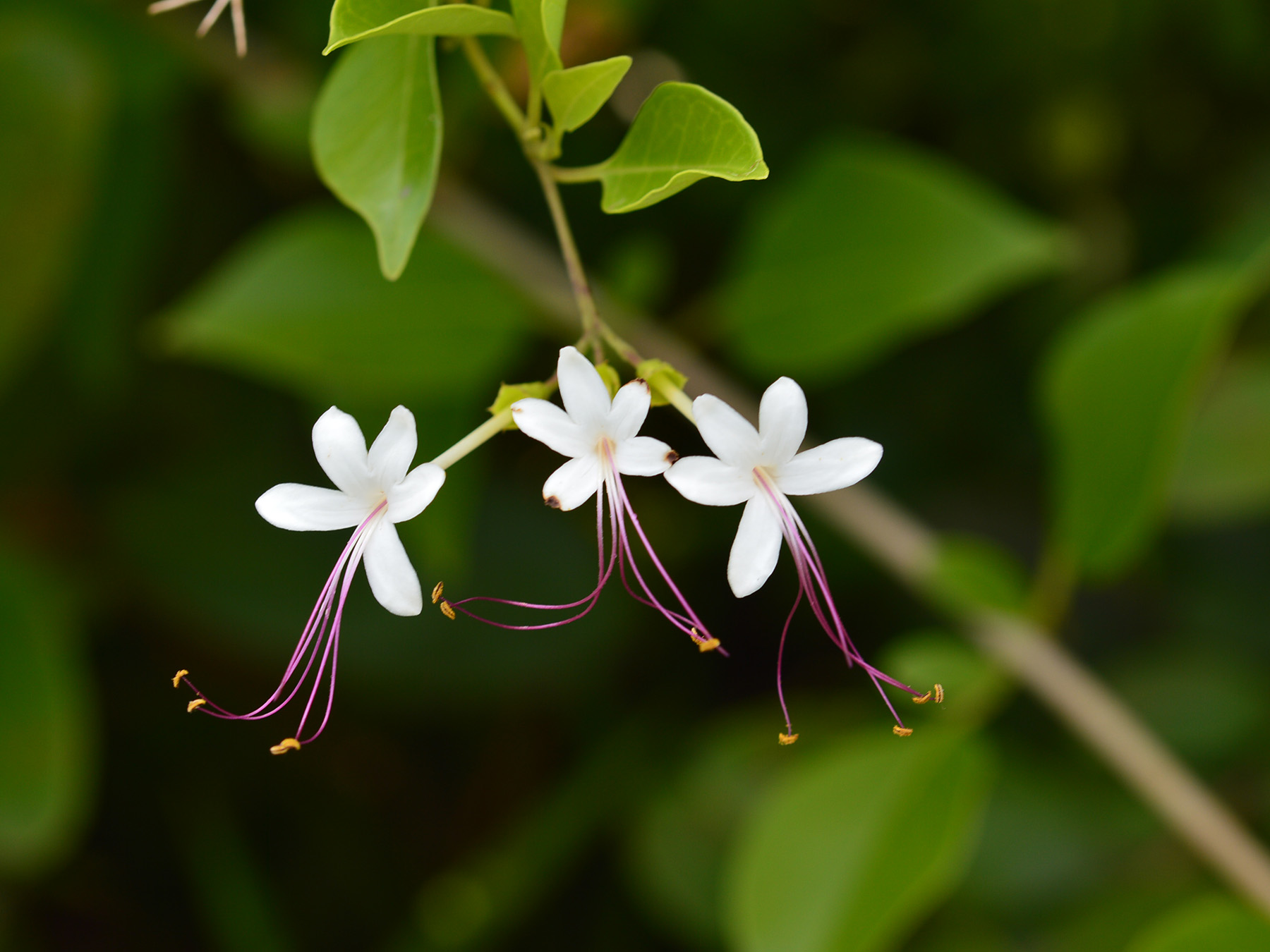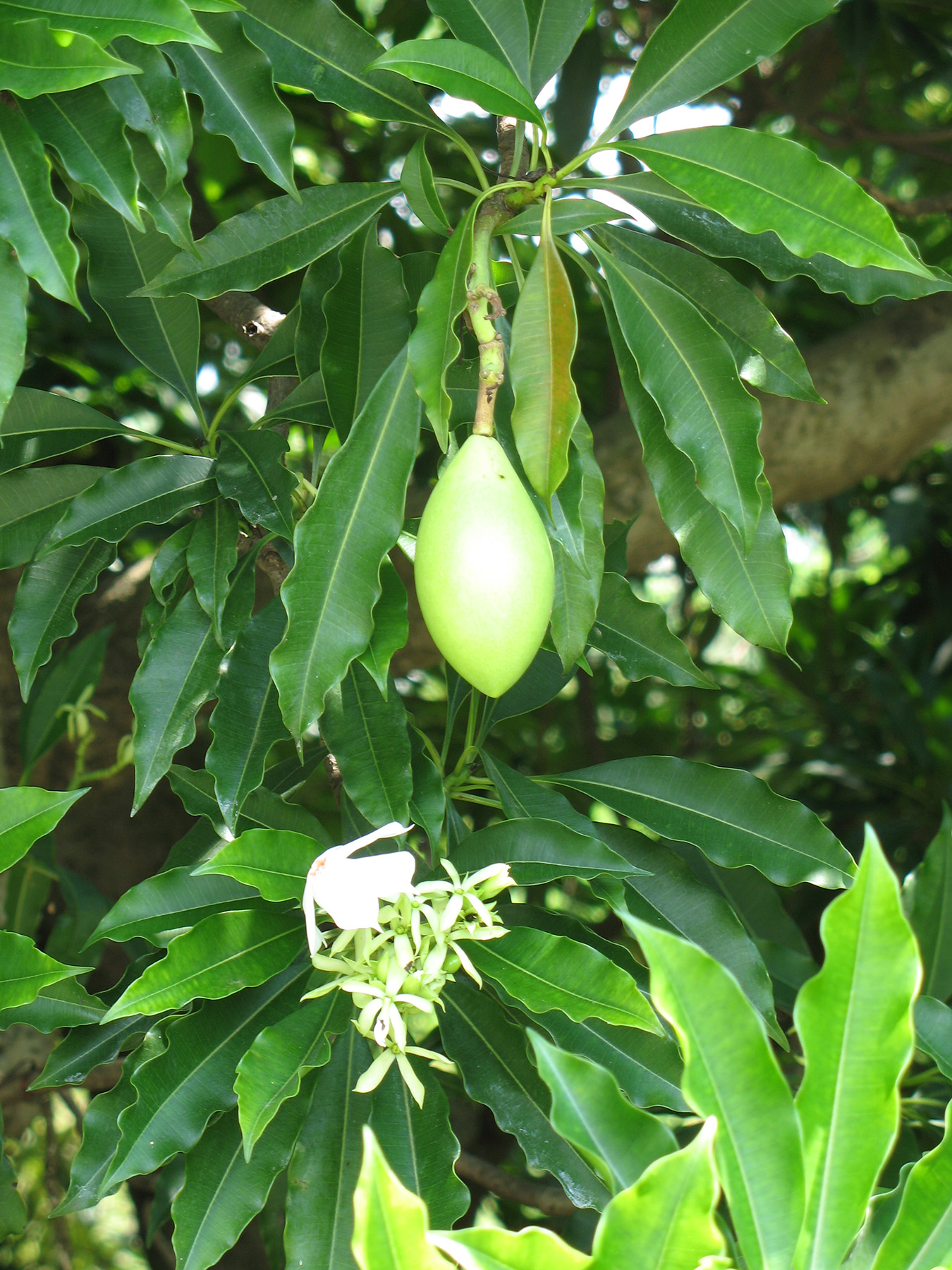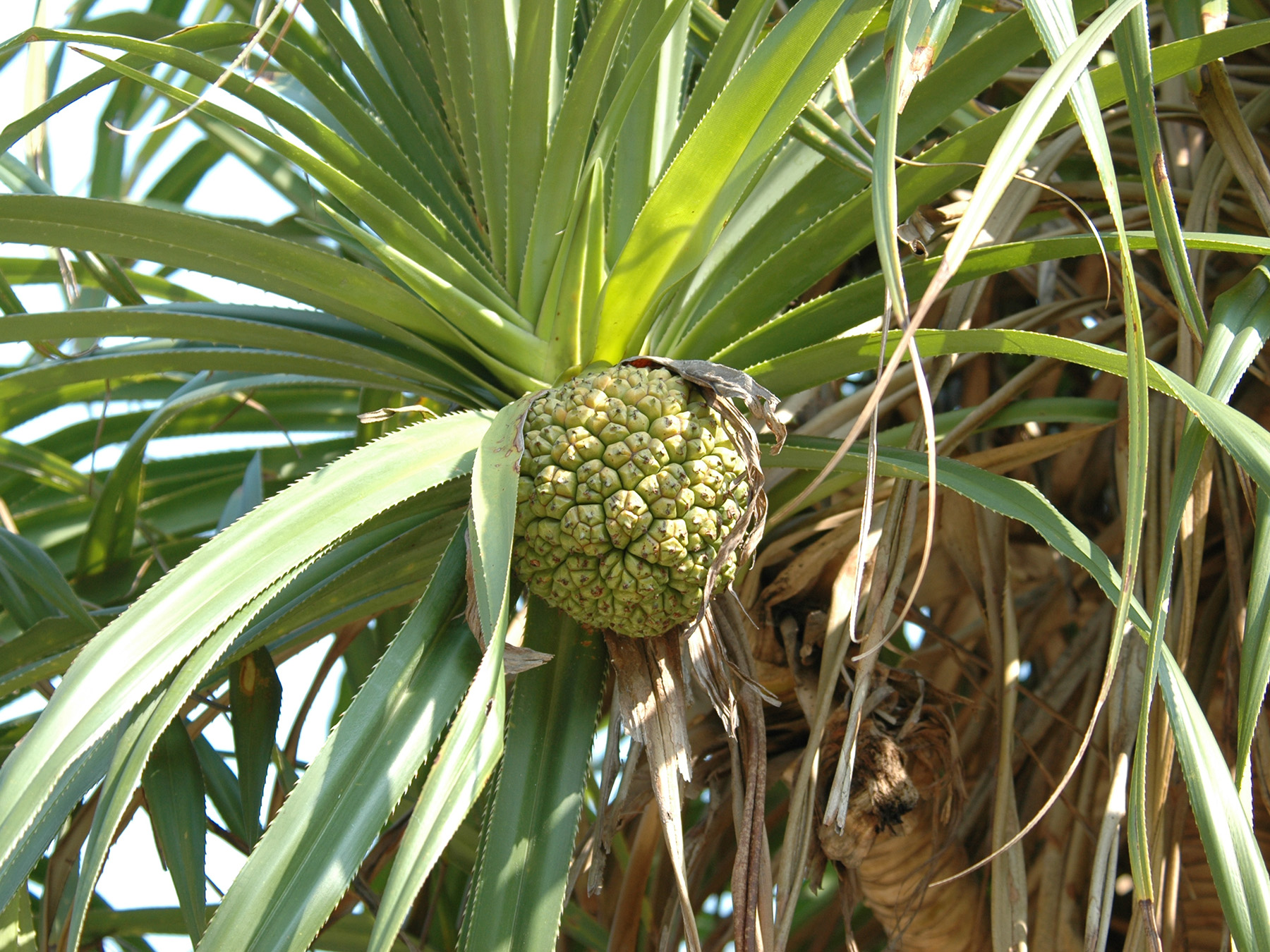Located in the intertidal zone and estuaries, mangroves are constantly subjected to flooding and changes in salinity. Therefore, they developed into a unique ecosystem that nurtures various distinctive coastal plants. Apart from the relatively well-known "true mangroves", there are also "mangrove associates". Unlike the true mangroves, the mangrove associates lack specific adaptations to cope with the intertidal environment and thus mainly grow in backshore areas that are rarely submerged by tides. Did you know that some of these mangrove associates closely resemble some plants growing in urban and rural areas, making it difficult to distinguish between them?
For example, Clerodendrum inerme, which belongs to the family Verbenaceae, bears cyme inflorescence composed of three small white flowers. Its appearance is remarkably similar to Jasmine (Jasminum spp.), earning it the nickname "Wild Jasmine". But take a closer look, one can notice that the white flowers of Clerodendrum inerme have four stamens with slender, purple filaments extending out of the corolla along with the pistil. By recognising this characteristic, we can distinguish between the "true" and "false" jasmine.
If you come across a fruit in the mangrove forest that closely resembles a mango, be cautious not to fall into the trap of greed and get a bite! It may look like a delicious mango at first sight, but in fact it is the poisonous Cerbrea (Cerbera manghas), also known as the Sea Mango. The Sea Mango belongs to the family Apocynaceae. Its unripe fruit is green in colour and bears a striking resemblance to a real mango. However, it turns into a bright red colour when ripe as if it were indicating the danger it holds. The Sea Mango is poisonous in every part; it can cause symptoms ranging from nausea, vomiting and headache to severe and potentially fatal consequences if ingested by mistake. The genuine mango tree is taller than the Sea Mango, and its leaves are oblong-lanceolate to oblong while those of Sea Mango are elliptic to obovate in shape. Though it would be crucial to distinguish between the two species to avoid poisoning, the best approach is always "eyes only".
The Screw Pine (Pandanus tectorius), belonging to the family Pandanaceae, is another remarkable imitator among mangrove associates. Its fruit is composed of multiple small drupes clustered together. When the fruit ripens, it changes from green to orange red in colour which resembles a pineapple in both shape and colour. Hence, the Screw Pine is also known as "False Pineapple" in Chinese. Unlike the Sea Mango, the roots of the Screw Pine have medicinal uses with detoxification benefits.
Next time when you visit a mangrove forest, it would be a great idea to observe these mangrove associates growing in the backshore areas and see if you can distinguish between the "true" and "false" based on their characteristics!


